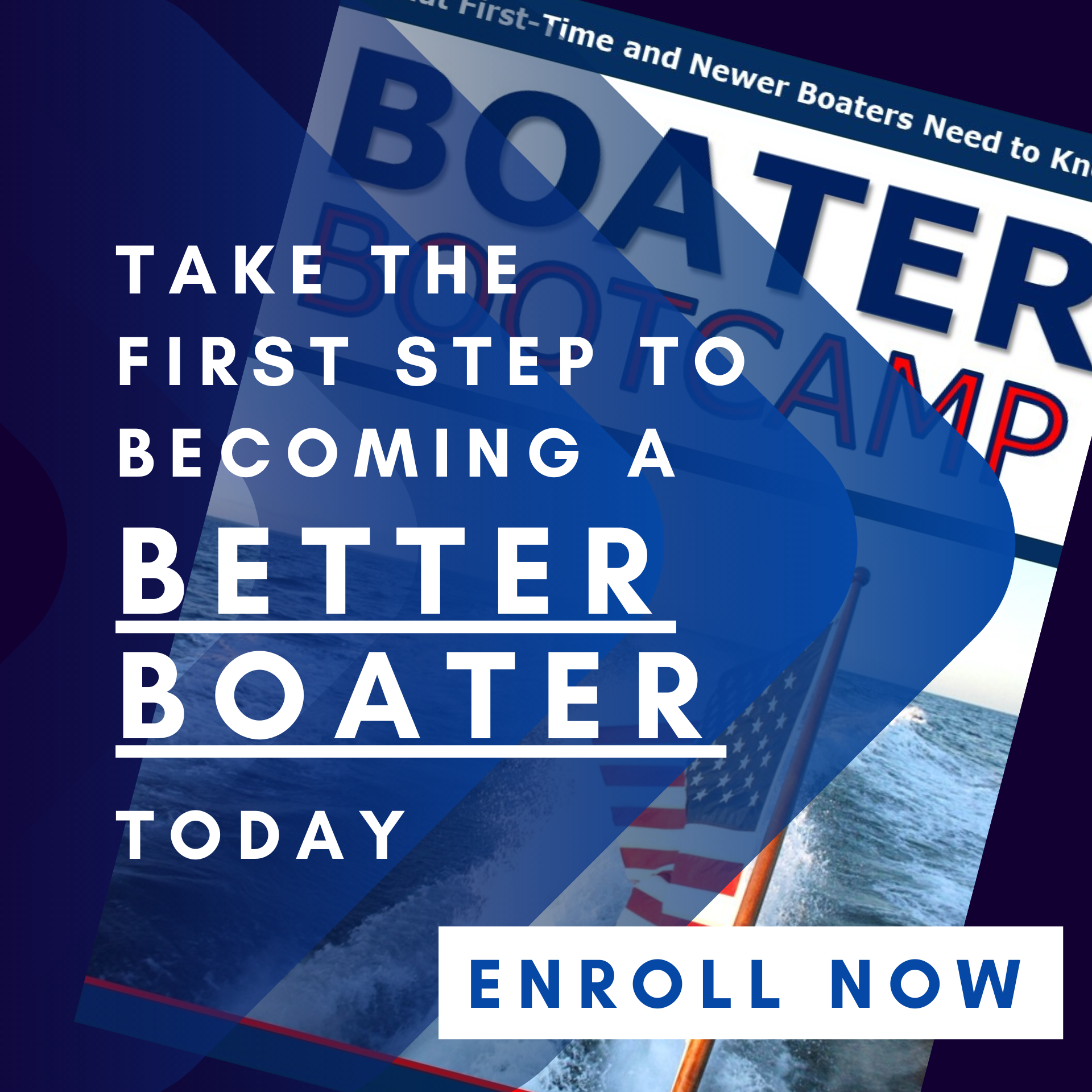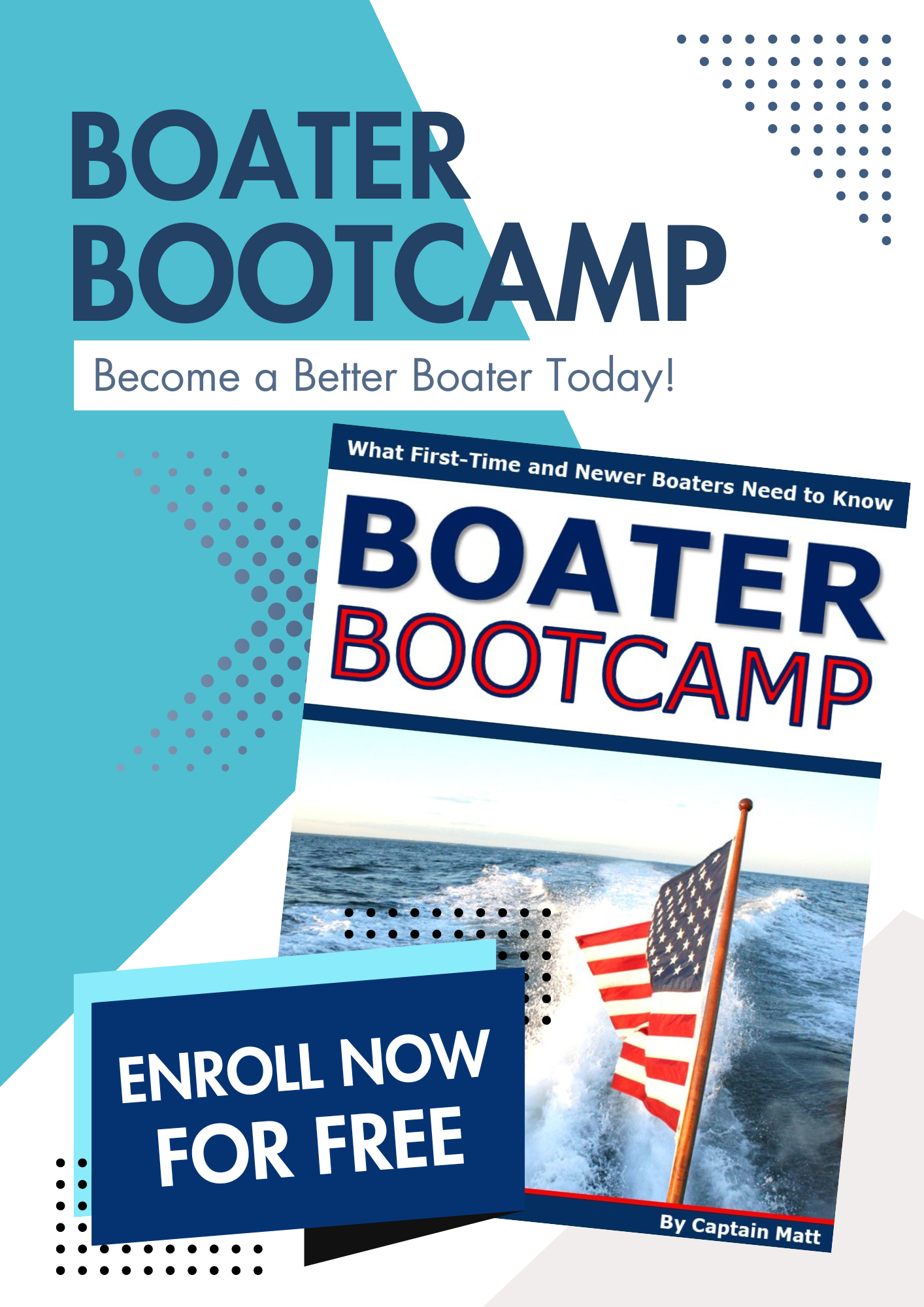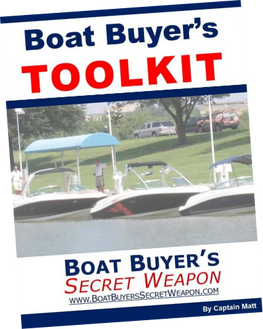Discover how to confident and safe on the water and having total control of your boat with the Best Boat Captain on the Water!
Captain Matt shares valuable insights on what to do after you buy a new boat. He advises to take a safe boating course in their state, preferably locally, to gain local knowledge, make connections, and learn about local waterways. Captain Matt also recommends the America's Boating Course, which provides a comprehensive guide on boater safety and is a great reference for all the information one needs to know before hitting the water.
Next, Captain Matt discusses how to put registration stickers on a boat. He advises viewers to ensure the registration numbers are at least three inches high and in block lettering for easy readability. The stickers should also contrast with the hull, and he recommends using white or silver against a black hull and black, navy or red against a white hull. The registration sticker goes at the end of the serial number, and it's advisable to print it off in a sheet and use masking tape to level it. Captain Matt goes through the process of how to lay out the sheet and attach it to the boat, so it looks straight and professional.
In the video, Captain Matt also stresses the importance of learning local boating laws and regulations. He recommends watching his video "Boating Rules in 11 Minutes" which is the bare minimum everyone needs to know, as well as researching boating rules in your state on Google. This information will help avoid making silly mistakes, and it's essential to know age requirements, water sports regulations, fishing requirements, and launching requirements in your local area.
Another critical step is to outfit your boat with the proper gear. Captain Matt highlights the legal requirements for boats over 16 feet, which include a coast guard throw cushion, U.S coast guard approved life jackets, and a marine grade fire extinguisher designated for electrical fires. He also recommends having a sound-making device and a flare gun, depending on the body of water. Other essential gear includes a safety switch, an anchor, navigation lights, dock lines, fenders, a first aid kit, a leatherman, a knife, and a VHF radio.
Lastly, Captain Matt advises viewers to read through the required maintenance section in their owner's manual. This section provides valuable information on engine and boat maintenance, which can prevent costly repairs in the future. He also recommends using a marine surveyor to inspect the boat before purchase, especially if it's an older vessel. By following these ten steps, new boat owners can enjoy a safe and enjoyable boating experience.

















